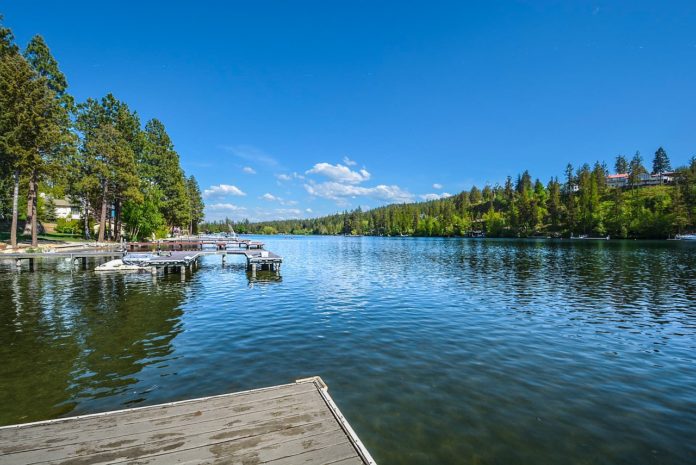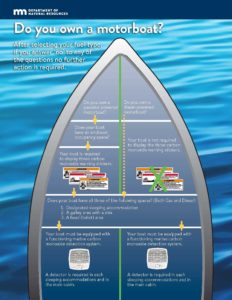
Minnesota showed the dark side of its personality in October of 2015: On a beautiful 80 degree day, the Baechler family decided to go out on Lake Minnetonka and enjoy an afternoon on their boat.
A day that should have been full of fun and family, however, ended in tragedy.
Unbeknownst to the Baechlers, a muskrat had chewed through part of an exhaust pipe which was below the mattress area of their boat, and carbon monoxide was leaking into the boat, affecting everyone onboard. Seven-year-old Sophia decided to go below deck to rest after she started to develop a headache. Seven minutes later, her father went down below to check on her and found her unresponsive.
Both her parents are doctors and began giving the young girl CPR. Sophia was brought to the hospital where she was then pronounced dead; the cause of death was accidental carbon monoxide poisoning. The total time the family had been on the boat: 35 minutes.
Sophia’s parents began lobbying for a law that would prevent this nightmare from happening to another family. In April of 2017, their hard work paid off with the passing of Sophia’s law.
The law named in her honor will go into effect on May 1, 2018.
Sophia’s Law requires that any boat with an enclosed accommodation compartment, no matter its fuel type, must have a functioning marine CO detector system installed according to the manufacturer’s instructions. An enclosed accommodation compartment is any compartment that is completely enclosed on all four sides that can be occupied by a person; e.g. designated sleeping areas, a gallery area with a sink, or a toilet compartment.
Detectors must be located in the main cabin and all sleeping areas. These detectors must be specifically designed for marine use and will be labeled as a Marine Carbon Monoxide Detector.

Marine carbon monoxide detectors that are hardwired should be installed per the manufacturer’s instructions. It is highly recommended that a marine technician install these detectors, as electrical standards for boats are specific and not wiring the detectors correctly could lead to fire, faulty detectors, or cause drowning due to electrical shock when connected to an external power source.
A boat owner is allowed to install battery-operated detectors, as long as they follow the manufacturer’s install directions and pay close attention to the placement of the detectors. All detectors that are five years or older should be replaced, as that is the average life span of a CO detector.
Another provision of Sophia’s law requires that any boat with an “enclosed occupancy space” must also display three CO poisoning warning stickers (An enclosed occupancy space is a smaller space that someone might enter, e.g. enclosed helm, storage area below deck, etc). The correct sticker is to be placed at the helm (steering station), in or at the entrance to any enclosed occupancy space, and at the aft/stern boarding station.
These stickers, as well as an informational brochure, will be mailed out to anyone with a boat 19 feet or longer. Everyone else in need of these stickers can go to all Minnesota deputy registrar locations. Stickers may also be available at marinas, marine dealers, and marine repair shops, just make sure you call to confirm they have them before swinging by.
It is estimated that CO detectors will need to be installed in about 8,000 boats registered in Minnesota, and the required stickers will be placed on an estimated 45,000 boats. This law applies to any boat that is on a Minnesota waterway, including border waters and federal waters within the state. It also applies to sailboats with motors and documented boats. So, even if someone is from out of state, they are required to follow these mandates.
Punishment for noncompliance starts with a warning, and then a petty misdemeanor for any future occurrences.
If you have a boat that may fall under Sophia’s Law, head on over to the MN DNR site if you have any questions: All the above information was found on the DNR site here.
















